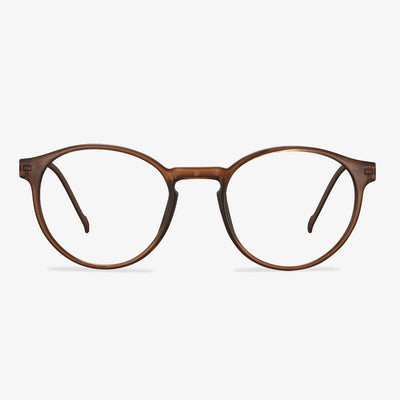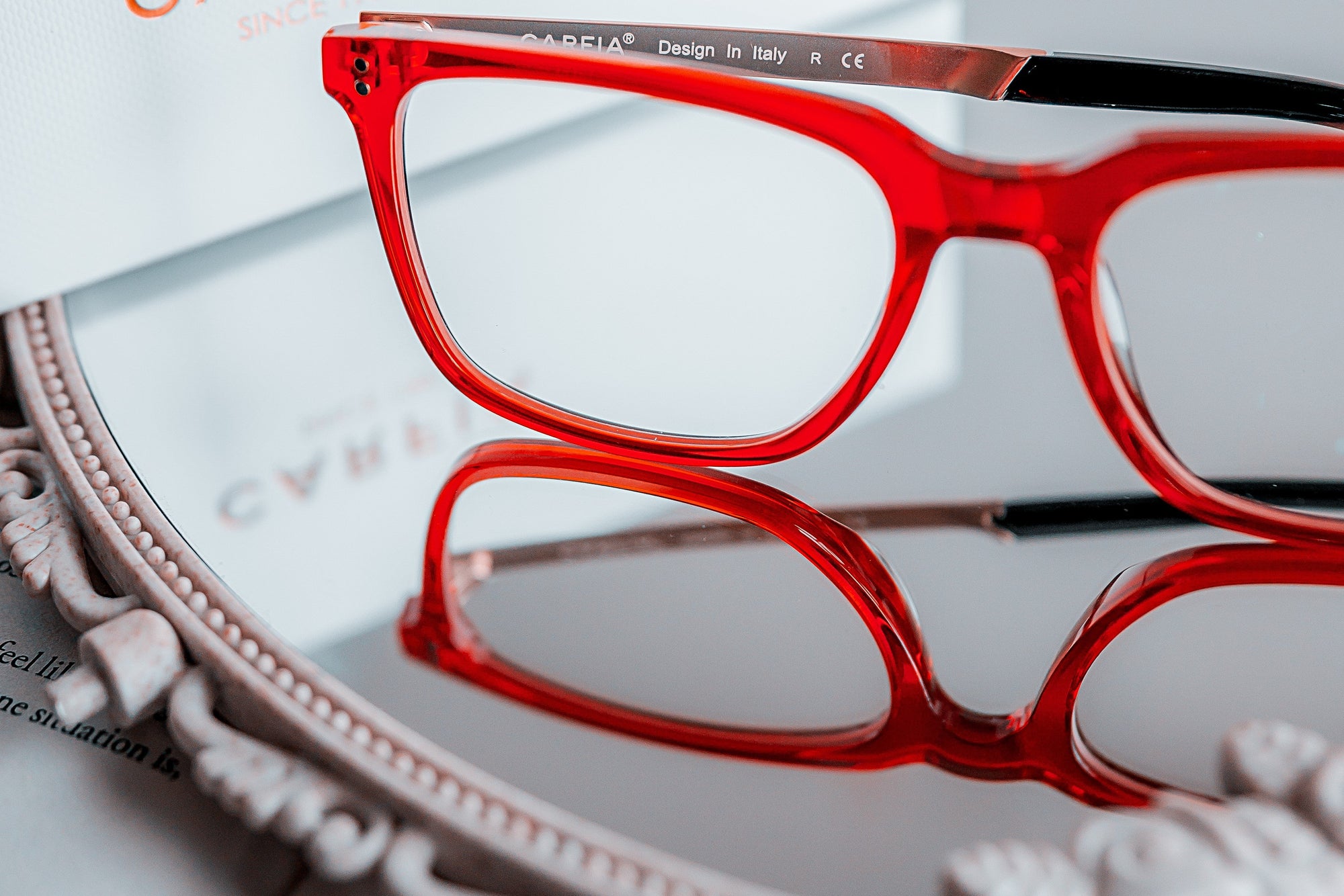How to Know If You Need Bifocal Glasses?
As you get older, you will find that is more and more difficult to read or focus on things that are really close up. This is called presbyopia and it is a common eye condition among older people.
How to know if you need bifocal glasses? If you find yourself squinting at the text that once was easy to read or your vision is blurry, you may need to see an eye doctor. In this situation, you may need bifocal glasses to correct your eyes.
If you currently wear glasses but see print more clearly when you remove them, it is a sign that you may need bifocal glasses in the future.
To know if you need bifocal glasses exactly, check your eyes by an optometrist or ophthalmologist.
The nose pad
When you're shopping for a driver's glasses, you can't ignore a nose pad. Choose one that is soft and elastic. This way, it won't make your noses feel depressed or uncomfortable.
Benefits of glasses with nose pads
Glasses with nose pads reduce the load on the bridge of the nose and make them more comfortable to wear. In addition, glasses with nose pads can have a non-slip effect, especially for people with a low nose bridge. It will be much more comfortable to choose glasses with nose pads, so there is no need to worry about the trouble of holding the glasses all the time.
Blue light in electronic products
In addition to the blue light that exists in natural light, LED energy-saving lamps, fluorescent lamps, computer monitors, mobile phones, and other digital products will emit blue light because of the use of light-emitting diode LED technology. Some people think that blue light hurts the eyes because blue light is not absorbed by the cornea and lens like ultraviolet light. The blue light can pass through the refractive medium of the eye to reach the retina, and then be absorbed by the pigment epithelium of the retina, which will cause aging and functional degradation of the retina over time.
The eyes also have many protection mechanisms, such as squinting, pupil contraction, lutein contained in the macula of the retina, and the retina's own antioxidant repair mechanism, which protect our eyes from blue light damage. And after scientific testing, it is found that the blue light emitted by electronic products is only several hundredths of the intensity of blue light in natural light. This means that as long as the electronic products are not used continuously every day (for example, more than 8-10 hours a day), the blue light will not cause obvious damage to the eyes.
Replace the nose pad on your glasses
Remove the screws clockwise and use a toothpick to remove the things left of the broken pads so that the new one can be installed. The next step is to fix the nose pad that we just removed from it. Hold the glasses and then the hole for the nose pad is up, then place the nose pad in and press it with your finger. Then you can see that the round hole in the nose pad overlays with the round hole in that part, and at this time, you can turn the screws. When you finally turn it, you usually turn it three times to hold the nose rest in place. Often, the nose pad can be swung back and forth after installation. This is to match the different shapes of our noses.
If you need reading glasses when using a computer, you may want to choose a lower reading glasses power. This is because most people view their screen from a greater distance from their eyes than when they are reading a book or a magazine.
However, if you need reading glasses for looking at something very close or very small, you may need a pair of stronger power glasses.
In most cases, when two reading glasses’ powers seem equally suitable, choose the glasses with the lower power. Picking reading glasses that are too string typically will cause more discomfort problems than reading glasses that are a little too weak.
How to buy anti-blue light products?
In order to further standardize anti-blue light products and make all kinds of products effectively protect eye health, relevant standards have been formulated. Based on the different effects of blue light in different bands on the human body, the transmittance of blue light in each band is required in the standards.
For example, in the band range of 415-445 nm, the transmission ratio of light is less than or equal to 80%, and more than 445 nm, it is greater than 80%.











































